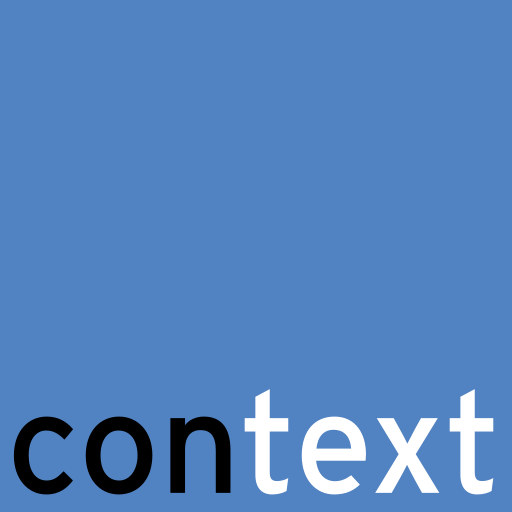
world

With the Act on Equal Opportunities for Persons with Disabilities of April 27, 2002 (Behindertengleichstellungsgesetz, BGG), the legal foundation was established to ensure that people with disabilities can live their lives without restrictions and in a self-determined way.
ConText® makes reading easier
Most of the content we encounter daily is so complex that it is difficult for many people to access. Yet, to make independent decisions, we need clear and understandable information.
By using plain and easily understandable language, we can reach more people. Misunderstandings and misinformation are avoided, while accessibility and inclusion are promoted at the same time.
Informational texts and news for less experienced readers
Plain language is modeled on everyday spoken language and corresponds roughly to language level B1. It is characterized by a clear structure, short and comprehensible sentences, and familiar vocabulary. This makes reading smooth and pleasant. Plain language is especially suitable for reaching a wide audience.
Easy language goes one step further and corresponds to levels A1 to A2. It was developed specifically for and together with people with learning difficulties. Easy language follows strict rules for sentence structure, word choice, and layout. Texts are written in a narrow column instead of across the full page and are accompanied by images. This is because not only the choice of words, but also the visual design, influences how well a text can be understood.
Reading is good. Understanding is better!
We translate texts into Easy Language according to current guidelines and the latest findings in linguistics. We support comprehension with symbols, images, and illustrations. At the same time, we adapt the content to the specific target group. Finally, every translation is reviewed by representatives of the target group, since only they can reliably judge what is truly understandable for them. Whether election programs, legal texts, news, or health information – we help people to better understand content.
This is what a text in Easy Language looks like:
1. What is Easy Language?
Easy Language is for people who have difficulty learning.
There are special rules for Easy Language.
People with learning difficulties need these rules.
How we write texts in Easy Language:
• The text has short sentences and simple words.
• There are always pictures next to the text.
• The pictures help with understanding.
• People with learning difficulties review the text.
2. What is Plain Language?
Plain Language is for people who have difficulty reading.
Or for people who do not yet speak English well.
There are no fixed rules for Plain Language.
How we write texts in Plain Language:
• The text is simple and easy to understand.
• Difficult words are explained.
• Pictures are not always required.
• People with learning difficulties can review the text.
We translate complex texts into Easy or Plain Language.
For example:
• Letters from authorities
• Health-related texts
• Websites
• Election information
There are different sets of rules for Easy Language.
We follow the rules of the Easy Language Network.

Open, constructive dialogue is essential in a smooth and creative working relationship. But don’t just take our word for it – give us a try. We’ll put in more than a good word for you.©
The personal data collected when you use our contact form will be automatically deleted after your enquiry has been dealt with, or after the retention periods according to tax and commercial law have expired. You may at any time for future effect and without giving reasons withdraw the consent you have previously granted us such as to send you our newsletter or other information that may interest you.
ConText®
Hindenburgstraße 10
55118 Mainz
Germany
Tel.: +49 (6131) 55 434-0
Fax: +49 (6131) 55 434-20
E-mail: welcome(at)context.de

